Do you have a question about the Cisco Nexus 7710 and is the answer not in the manual?
Describes the intended audience for the document.
Explains the conventions used in the document for formatting and notation.
Provides information on how to submit feedback on the document.
Details how to get information and support from Cisco.
Provides a high-level overview of the Cisco Nexus 7710 switch installation.
Details environmental requirements for humidity.
Specifies altitude limitations for switch operation.
Outlines requirements for a clean operating environment.
Provides guidelines to reduce EMI and RFI.
Describes shock and vibration testing standards.
Explains the grounding procedures for the switch.
Guides on planning power needs for the switch.
Specifies requirements for installing racks and cabinets.
Details necessary clearances around the chassis for airflow and access.
Instructions for installing the data center rack or cabinet.
Steps for unpacking and checking the switch for damage.
Procedure for installing bottom-support rails for chassis stability.
Steps for physically mounting the chassis in the rack.
Details on grounding the switch chassis and power supplies.
Instructions for bonding the front ID door for grounding.
Guide to attaching cable management frames to the chassis.
Steps for installing the optional front door.
Procedure for installing optional air filters.
Provides guidelines for connecting ports and transceivers.
Instructions for establishing a console connection for management.
Details on connecting the management Ethernet port.
Steps for performing the initial switch configuration.
Guide to connecting I/O module interface ports to the network.
Shows how to display installed hardware and module details.
Provides information on switch environment and temperature.
Covers connecting, saving, reloading, purging, and managing modules.
Details on rebooting the switch and related operations.
Provides overviews of Supervisor, I/O, and Fabric modules.
Covers power modes, redundancy, configuration, and power availability.
Includes fan tray overview and status display.
Explains ESD prevention procedures before handling modules.
Covers installing, replacing, and migrating supervisor modules.
Details on installing and replacing I/O modules.
Covers replacing fan trays and migrating fan tray types.
Includes installing, replacing, and downgrading fabric modules.
Covers installing, replacing, and connecting power supplies.
Details environmental operating parameters like temperature and humidity.
Provides physical dimensions and basic power requirements.
Lists maximum power available for different power supplies and modes.
Specifies weights and quantities for chassis and modules.
Details specifications for various transceiver types.
Lists specifications for AC, DC, and HVAC/HVDC power cords.
Describes the status of chassis-level LEDs.
Explains the LEDs for supervisor modules.
Details the LEDs for I/O modules.
Describes the LEDs for fabric modules.
Explains the LEDs for fan trays.
Describes the LEDs for power supply units.
Lists and illustrates the contents of the accessory kit.
Lists planning activities for switch installation.
Provides a worksheet for recording contact and site details.
Worksheets for recording chassis and module data.
Describes the intended audience for the document.
Explains the conventions used in the document for formatting and notation.
Provides information on how to submit feedback on the document.
Details how to get information and support from Cisco.
Provides a high-level overview of the Cisco Nexus 7710 switch installation.
Details environmental requirements for humidity.
Specifies altitude limitations for switch operation.
Outlines requirements for a clean operating environment.
Provides guidelines to reduce EMI and RFI.
Describes shock and vibration testing standards.
Explains the grounding procedures for the switch.
Guides on planning power needs for the switch.
Specifies requirements for installing racks and cabinets.
Details necessary clearances around the chassis for airflow and access.
Instructions for installing the data center rack or cabinet.
Steps for unpacking and checking the switch for damage.
Procedure for installing bottom-support rails for chassis stability.
Steps for physically mounting the chassis in the rack.
Details on grounding the switch chassis and power supplies.
Instructions for bonding the front ID door for grounding.
Guide to attaching cable management frames to the chassis.
Steps for installing the optional front door.
Procedure for installing optional air filters.
Provides guidelines for connecting ports and transceivers.
Instructions for establishing a console connection for management.
Details on connecting the management Ethernet port.
Steps for performing the initial switch configuration.
Guide to connecting I/O module interface ports to the network.
Shows how to display installed hardware and module details.
Provides information on switch environment and temperature.
Covers connecting, saving, reloading, purging, and managing modules.
Details on rebooting the switch and related operations.
Provides overviews of Supervisor, I/O, and Fabric modules.
Covers power modes, redundancy, configuration, and power availability.
Includes fan tray overview and status display.
Explains ESD prevention procedures before handling modules.
Covers installing, replacing, and migrating supervisor modules.
Details on installing and replacing I/O modules.
Covers replacing fan trays and migrating fan tray types.
Includes installing, replacing, and downgrading fabric modules.
Covers installing, replacing, and connecting power supplies.
Details environmental operating parameters like temperature and humidity.
Provides physical dimensions and basic power requirements.
Lists maximum power available for different power supplies and modes.
Specifies weights and quantities for chassis and modules.
Details specifications for various transceiver types.
Lists specifications for AC, DC, and HVAC/HVDC power cords.
Describes the status of chassis-level LEDs.
Explains the LEDs for supervisor modules.
Details the LEDs for I/O modules.
Describes the LEDs for fabric modules.
Explains the LEDs for fan trays.
Describes the LEDs for power supply units.
Lists and illustrates the contents of the accessory kit.
Lists planning activities for switch installation.
Provides a worksheet for recording contact and site details.
Worksheets for recording chassis and module data.
| Model | Nexus 7710 |
|---|---|
| Product Series | Nexus 7000 Series |
| Number of Slots | 10 |
| Operating System | Cisco NX-OS |
| Ports | Up to 384 10G, 96 40G, or 24 100G ports |
| Power Supply | Redundant power supplies |
| Cooling | Redundant fans |
| Weight | Approx. 300 lbs (fully loaded) |
| Form Factor | Chassis-based |
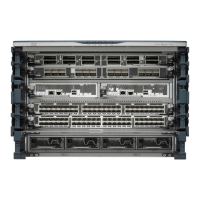
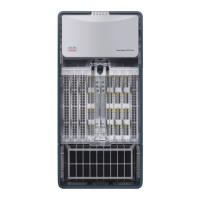


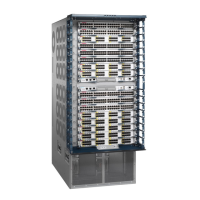
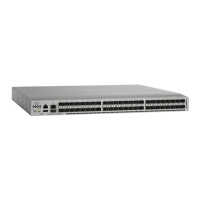
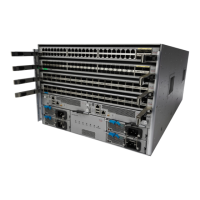

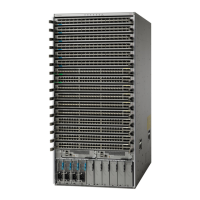
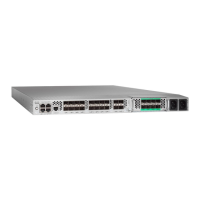
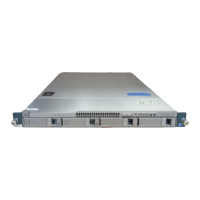
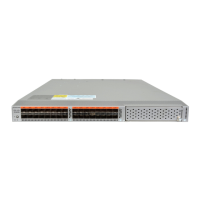
